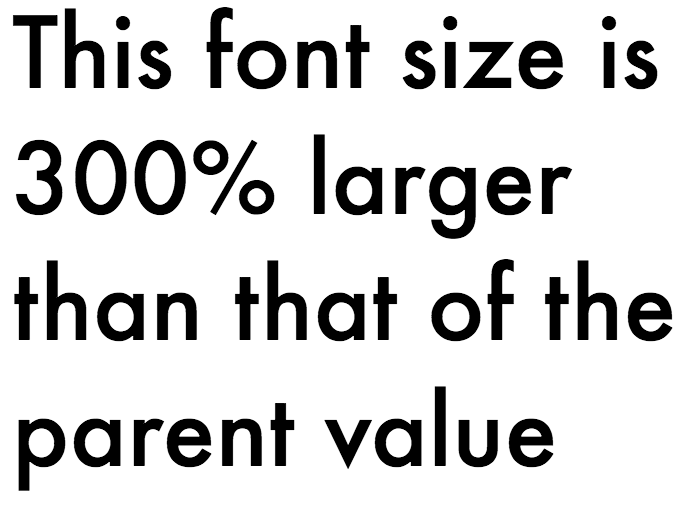Posts by Ran Enoch:
CSS’s font-stretch Property
CSS’s font-stretch property allows you to expand and condense text. As of right now, the property isn’t supported on any of the major browsers, but it’s still an interesting property to learn about. Here’s how it would look to use […]
Using Images as Backgrounds with CSS3
Create HTML Tabs Using CSS and JavaScript
Aligning Images: A Guide
Create Superscript and Subscript Text in CSS
Margins Vs. Padding
How to Use CSS3’s Text-Align Property
Using CSS Grid Layout: the Basics
With the new W3C specification, you can now use CSS to create a grid layout on your webpages. Previously, HTML tables were often used to create grids, but with the increasing popularity of mobile devices, this is no longer considered […]






